Use:
Home and band rehearsal use, through Fender amps with some low-gain overdrive
This is a great sounding, looking and playing guitar. The P90 pickups are much hotter than a more traditional single coil, and are very responsive to picking input. The volume and tone controls are also very responsive, you can find many different sounds by rolling them back a little. With a driven amp or overdrive pedal vol. 7 will be just starting to break up a little, vol. 10 gives beautiful rich overdrive.
The neck feels great, not too chunky, but a nice handful. The frets seems a little bit lower and narrower than some other Gibsons I have played, but it doesn't make the guitar any more or less playable to me.
The fit, finish and quality is a marked improvement over a new 2017 Gibson I purchased recently. The case candy includes the usual documentation, baby photo, manual etc, but also a faux-leather strap, polishing cloth and a nice Gibson multi-tool.
My one single criticism is that in my opinion, the nut was not cut as well as it could be. Particularly the G string slot was too high, meaning fretted notes on the first few frets were sharp. This is easily resolved with a trip to your guitar tech, or by yourself if you have quality nut files.
Overall this is a fantastic guitar, It's as close to original early 50's spec as Gibson have made outside Custom and limited run stuff, and its reasonable priced.


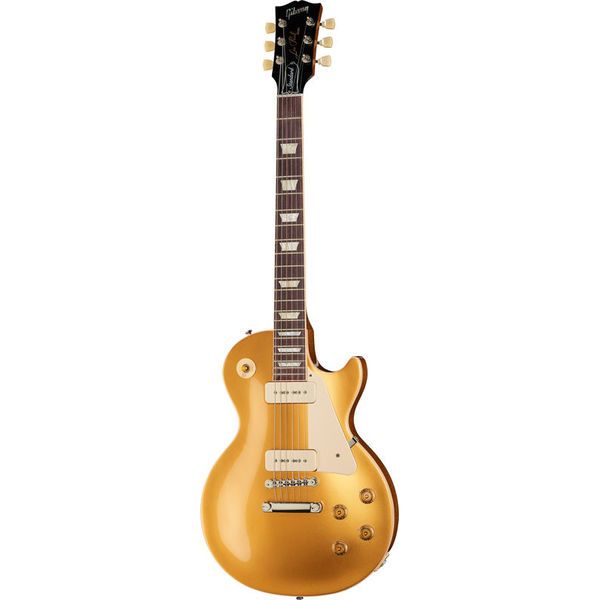
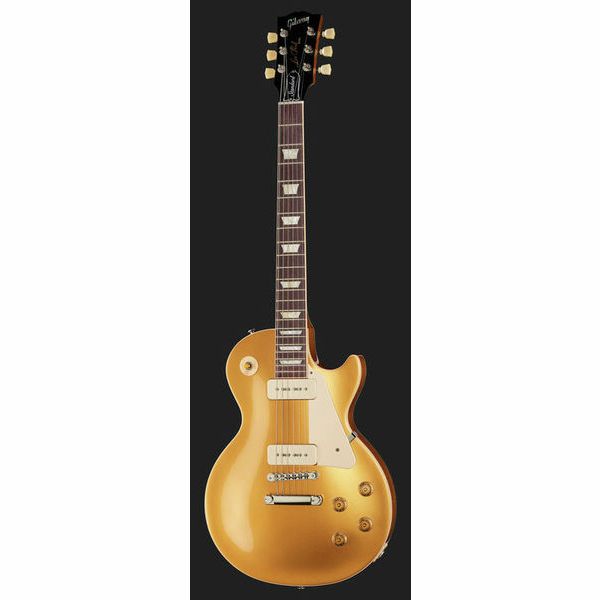
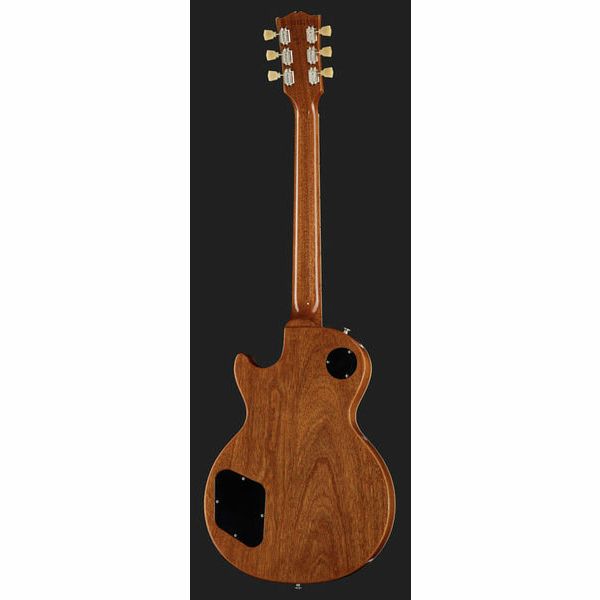
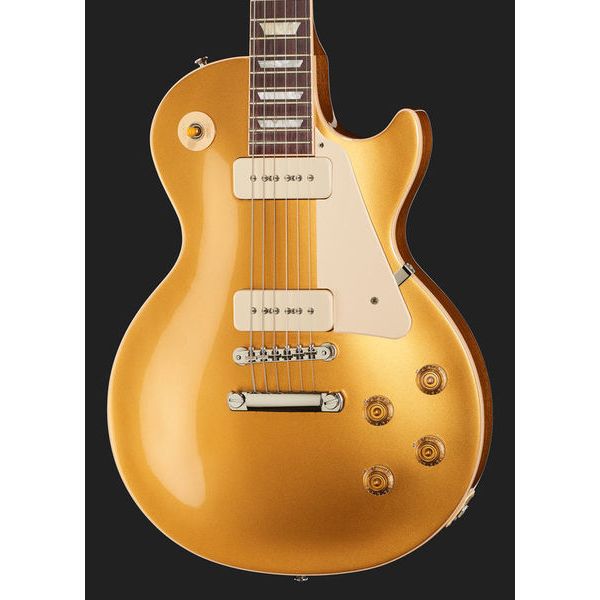
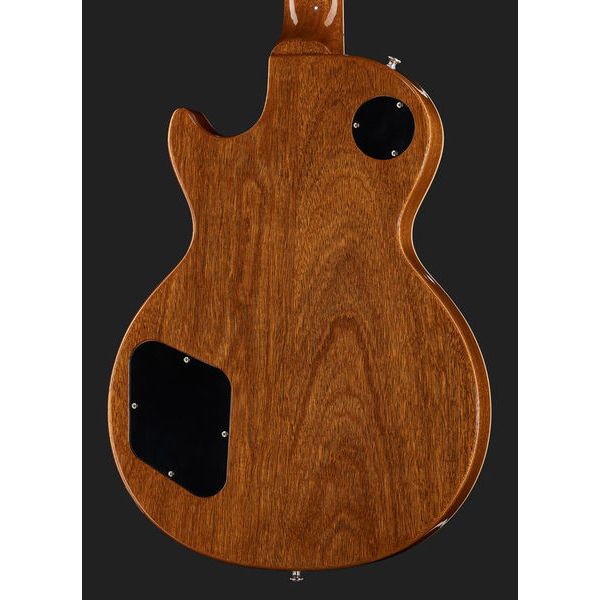
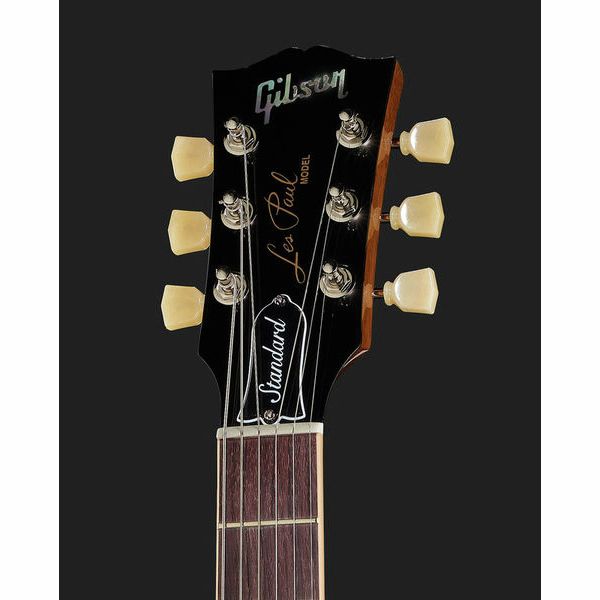
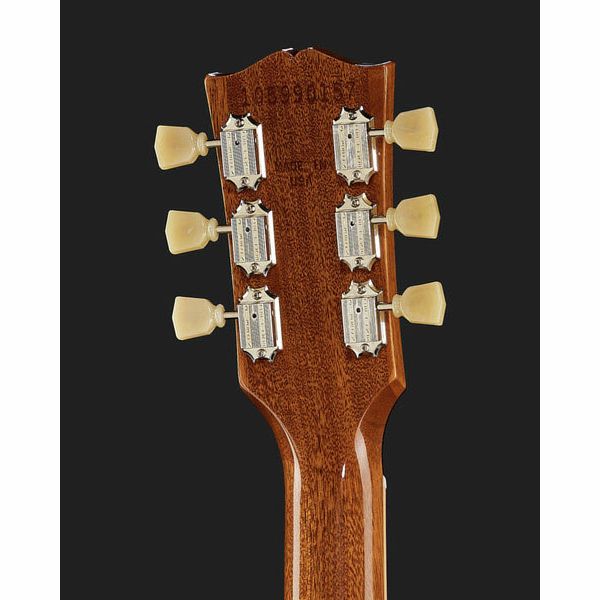
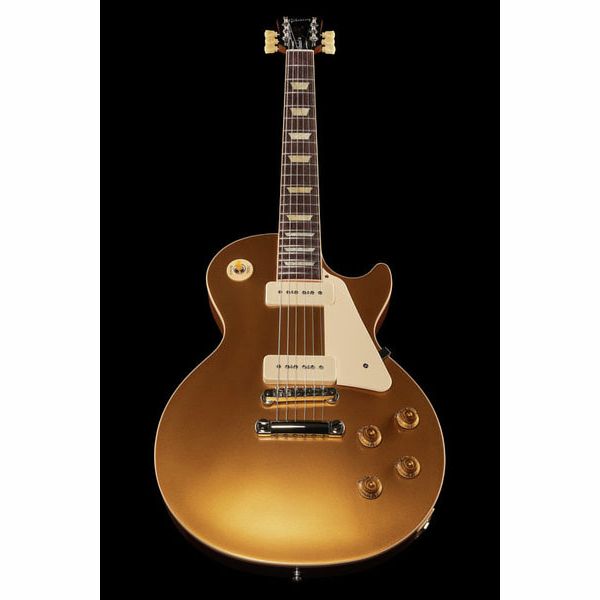
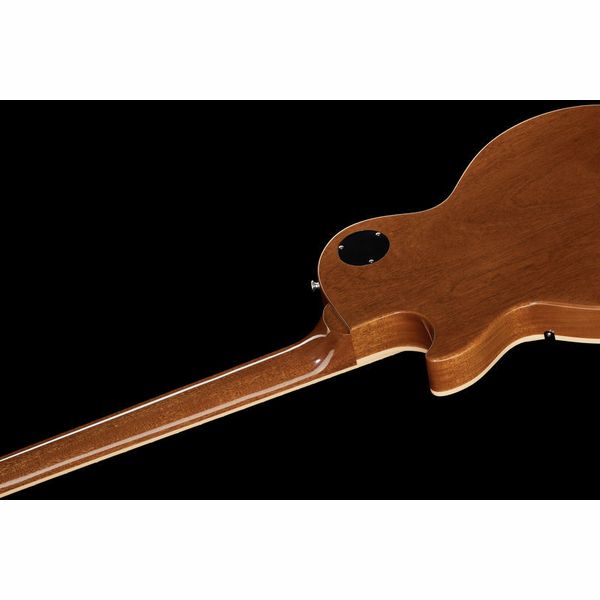
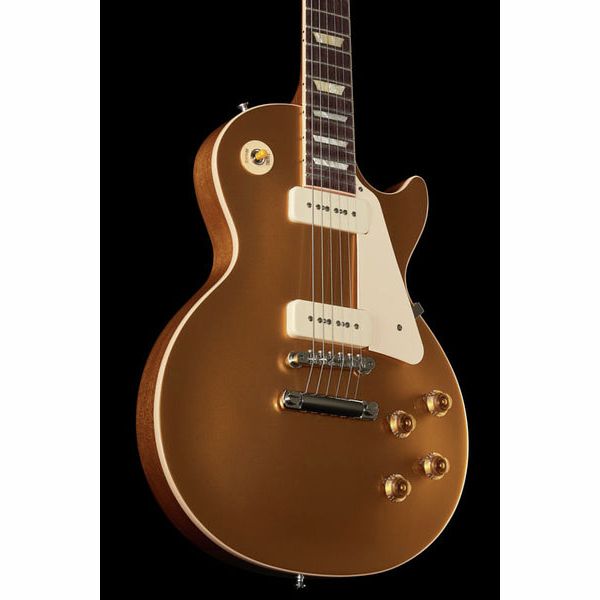
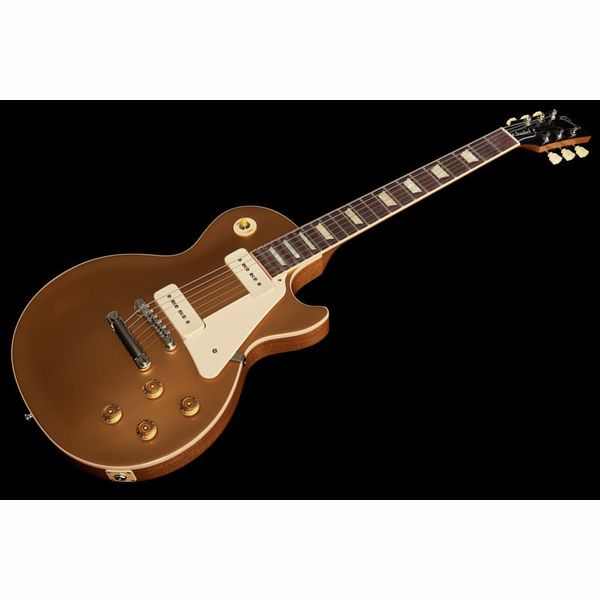
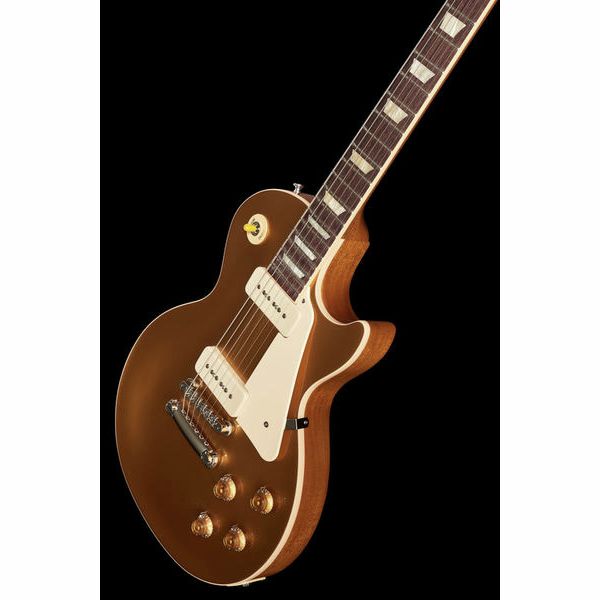
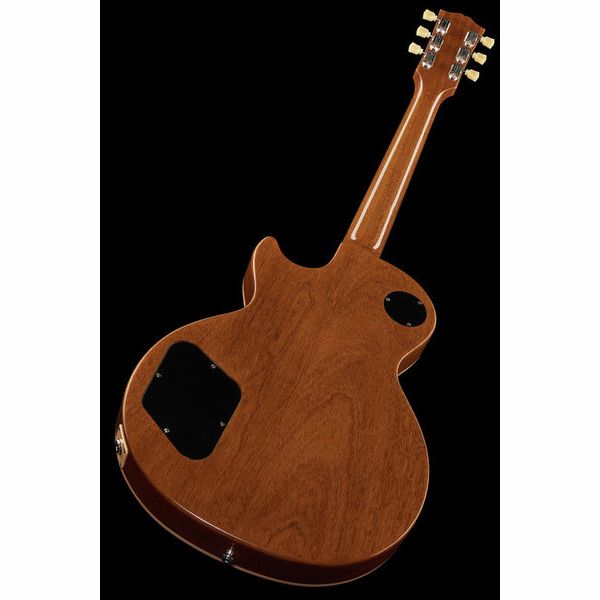
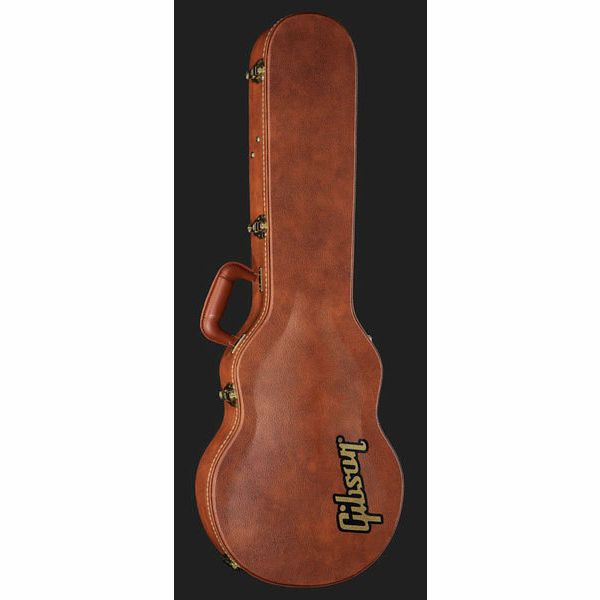















)

)
)
)

